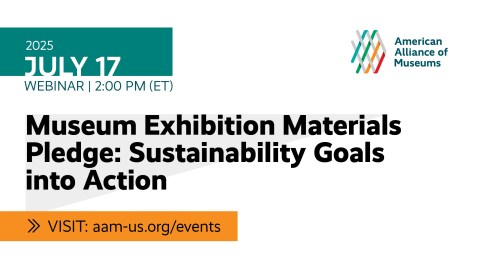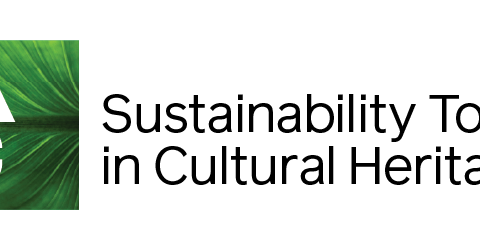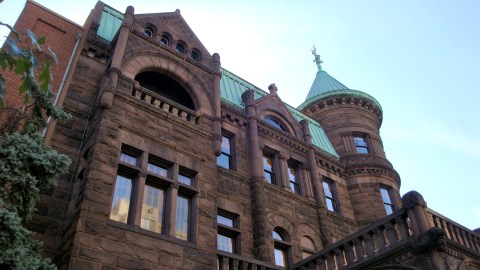
- 42% male
- 22% African American, Asian, or Hispanic/Latino ethnicity
- 66% under the age of 55
- 49% with less than a college degree
That’s the demographic profile of volunteers in the US*. Does it describe your museum’s volunteers? For many museums, the answer is no. The next questions are “why not” and “why should you care”?
Our field is grappling with the problematic distinction between volunteers and unpaid interns, how volunteer labor may affect museum salaries (more on those points in an earlier post), and who does and does not volunteer for museums. The volunteer corps of a museum is often pretty homogeneous–which might mean older, white females for an art museum, or older white men for a railway museum. Should that be a cause for concern? Anyone can volunteer for a museum, right? That being so, why should we question who shows up to do that work?
Because if museums are truly committed to Diversity, Equity, Accessibility and Inclusion (DEAI) that commitment must extend to volunteers as well. Here are my thoughts on why:
Volunteers shape the museum’s identity and image
There’s broad consensus in our sector that a diverse board and staff are more likely to create a museum that meets the needs of diverse audiences, and audiences are more likely to feel welcome in an organization in which they see themselves represented. Volunteers play as important a role in that dynamic as paid staff. In some cases they wield outsized influence because of sheer numbers, as the median ratio of volunteers to staff is 7 to 1**. And volunteers are often the visible, public face of the museum, greeting people at the door, providing directions and leading tours. They define your space merely by being who they are—they also define your space by who they are not.
Volunteers influence a museum’s organizational culture, values, and behavior
There’s a lot of attention right now being given to the fact that philanthropy is not an unalloyed good—wealthy people tend to give money in ways that reinforce and perpetuate the power structures that generate that wealth. The same criticism can be leveled at the philanthropy of time: A homogeneous group of volunteers can reinforce and perpetuate organizational culture and practices that make the museum safe and comfortable for them—but not necessarily for other groups.
Volunteerism is a powerful metric for DEAI
The demographic profile of your volunteers can be a pretty good map of who sees the museum as a valued and relevant part of their lives. If a visitor is implicitly giving the museum a passing grade by coming through the doors more than once, a volunteer who gives of their time year after year is awarding an A+. For this reason, the composition of your volunteer corps can be a meaningful measure of the museum’s progress in becoming accessible, inclusive, and relevant to the audiences you want to serve.
BTW, I’ve heard some bogus explanations for who does NOT volunteer in museums, including, “Only people who are well-off have the luxury of volunteering.” Well, no—case in point, many churches (even or especially those in low-socioeconomic-status neighborhoods) basically run on volunteer labor. Also, income is strongly correlated with educational level, and it’s clear from the stats I cited at the beginning of this post that half the people in America who volunteer their time haven’t completed a college degree. If a given set of people aren’t volunteering, it may well be because they don’t think you are worth their time. Or because you make it difficult for them to volunteer, which leads to the next point—
Volunteerism is in and of itself an equity issue
Museums tend to focus on the value volunteers provide to the organization in the form of free labor, but the benefits flow both ways. Copious research documents that volunteering helps individuals expand their connections and feel good about themselves, improves physical wellbeing, combats social isolation, reduces stress, and teaches new skills. All of that is great, but it also means volunteerism can exacerbate inequality if, as in many museums, it is only accessed by people who are already relatively privileged.
Volunteering is one mechanism museums can use to share their wealth
Museums are stewards of all sorts of assets—physical, social, educational, economic, reputational—that can help individuals and communities build their own wealth. Volunteering is a powerful way for people to access those assets. One example: volunteering makes it more likely that people who are unemployed will get a job (in general, not where they are volunteering!). One study suggests it is up to 27% more likely. This seems to be because volunteering strengthens social networks and lifts a job-seeker’s morale by making them feel productive and valued. This being so, ensuring that volunteerism is accessible and inclusive is a form of sharing the museum’s intangible wealth.
The statistics that opened this post make it clear that it is not inevitable that a museum’s volunteers are largely white, well-off, well-educated, and female. It behooves museums to identify and deconstruct the barriers to volunteering. This may mean changing the way we do business to make volunteerism accessible and inclusive, such as by creating opportunities to volunteer in the evenings after normal business hours, subsidizing or providing transportation, and maybe providing cultural competency training for the current volunteers.
It may sound like a lot of extra work, and expense, to create systems that foster a diverse group of volunteers. And the expense of doing that work might seem like a bad business decision if you think of volunteers primarily as a way to help the financial bottom line. But as I wrote in the earlier essay, “Volunteering isn’t just a way for nonprofits to make their dollars stretch as far as possible. One of the benefits nonprofits provide to society is the opportunity to volunteer.” So perhaps (to channel JFK) the equitable approach to volunteer management is to ask not what your volunteers can do for you, but what you can do for your volunteers.
* Calculated from data reported by the Bureau of Labor Statistics.
** Museum Financial Information 2009, American Alliance of Museums









Great article! So relevant and necessary to think deeply about who our volunteers are! I think its important to be careful though about comparing the volunteer work that people do through religious or spiritual organizations to that of the work done in museums. While being in a museum can be a spiritual experience for some, volunteer work is mandated by many faiths, in direct service to the church, so is inherently different from the work that is done for free at a museum by some people, which may be more of a luxury activity. Thank you for writing this article and I hope it inspired others, as it did me, to think more deeply about breaking down barriers to volunteering!
A really great article on volunteerism and DEAI initiatives. We just attended the NDS seminar on volunteer inclusion and equity for docents across the nation and this article really helps put everything in perspective. We continue to work with our volunteers at the Museum incorporating DEAI programs for our staff, volunteers, and docents. Thanks for placing this article at the forefront as Museum’s across the board struggle with how we make this work for all involved.
Super article! It is just another piece of ammunition, another backup reference, a reminder…for us to ask ourselves, “What are we really here for?” and “How can we achieve that goal while keeping our identity as an all-volunteer operating museum that is open to all?” We must not forget that intangible value and help can come in many forms. Thank you for sharing.